Umbo – Photographer
Umbo – Photographer
Umbo
February 25, 2019
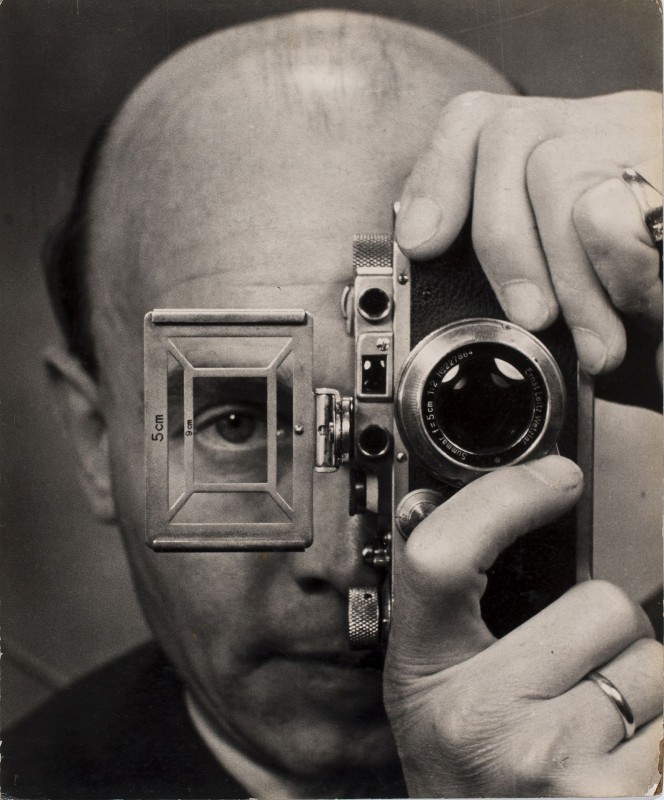
Umbo (Otto Maximilian Umbehr) Selfportrait, 1952
The picture was taken in 1949, at a time when Umbo already had twenty years of work as an artist and a photographer behind him, and when he was trying to reestablish himself and his career in Hanover. The self-portrait is an expression of confidence, despite the catastrophic experiences of the Nazi era and the war – including the loss of all his photographic archives – that were behind him. The camera also hides another fateful blow: shortly before it was taken, Umbo had lost his left eye in an accident.
Born Otto Maximilian Umbehr in 1902, Umbo he had already been subject to a turbulent life by the time he was accepted at the national Bauhaus in Weimar in 1921: having grown up in impoverished circumstances, a school drop-out, a rambler, a coal mine worker, an artistic potter, a member of a group of mystery players, Bauhaus became his field of experimentation for two years, before he had to leave the school prematurely – it seems that even there he was considered maladjusted. He then spent years as an unskilled worker, a house painter, a painter of cinema posters, a clown, an errand boy and a tripod guide in film.
However, the precarious life he had led took a decisive turn in 1927: through his Bauhaus friend Paul Citroen, Umbo rediscovered his passion for photography. The first publications of his work quickly led to fame: his pictures appeared in numerous magazines, he took part in exhibitions and, as of 1928, became photo reporter for Deuphot (later Dephot), a picture service established by Simon Guttmann.
In the twenties, Umbo applied the “New Photography” imagery to his work, in an inimitable manner that was innovative and surprisingly diverse. Both his applied and his experimental photography was obviously perfectly suited to the growing media metropolis that was Berlin at the time. Window display mannequins, strong women, artists, Grock the clown: in just a few years, he produced a grandiose body of work as both a reportage and a city photographer. In 1928/1929, Umbo the Bohemian was at the peak of his fame, present in virtually every important avant-garde exhibition and publication. This made his life after the war all the more arduous: his atelier and archives of tens of thousands of negatives had been destroyed, and he had also lost his Leicas. Hanover – which he referred to as the most “bullish of backwaters” – became his new home.
Umbo had never been terribly particular about the materials he worked with, so it was the gift of a Leica that led him back into photography, though he was never able to regain the success he had known before the war. This makes the comprehensive exhibition currently on display in Hanover all the more remarkable: never before has Umbo’s surviving work been presented in such diversity. Safeguarded for decades by his daughter, Phyllis Umbehr, and gallery owner, Rudolf Kicken, in 2016 Umbo’s estate was jointly acquired as a complete bundle by three institutions: the Sprengel Museum, the Berlinische Galerie and the Stiftung Bauhaus Dessau (Foundation).
The exhibition and its accompanying, comprehensive catalogue, are key evidence of the significance of Umbo’s work. In addition to many well-known incunabula, there are many never-exhibited-before groups of images and archive material to be explored up until May 12, 2019. A long-overdue and very worthwhile rediscovery!
More information about the exhibition can be found at the Sprengel Museum Hannover.
Umbo+-
Born in Düsseldorf on January 18, 1902, the second of ten children, Umbo received his first photo apparatus for Christmas in 1915: it was a 9 x 12 folding camera. From 1821 to 1923 he was at Bauhaus in Weimar, where he attended a preparatory class with Johannes Itten. He became deeply involved in photography in Berlin; above all portraits, but also experimenting with photogramme and other techniques and materials.
Despite reprisals, Umbo continued to work on his themes of portraits and cities even during the Nazi era. Working freelance for the propaganda newspaper Signal, he was able to avoid military service up until 1943. As of the summer of 1945 he lived in Hanover. Various reportages were produced after he was given a Leica.
In 1952 he spent three months travelling in the USA. He worked for the Kestner Gesellschaft Hanover. In 1979 his worked was recognised for the first time with an exhibition at the Spectrum Photogalerie in Hanover. Umbo passed away on May 12, 1980. More

Umbo (Otto Maximilian Umbehr) Selfportrait, 1952

The Latest Offer (en profil), 1928-29/1979/80
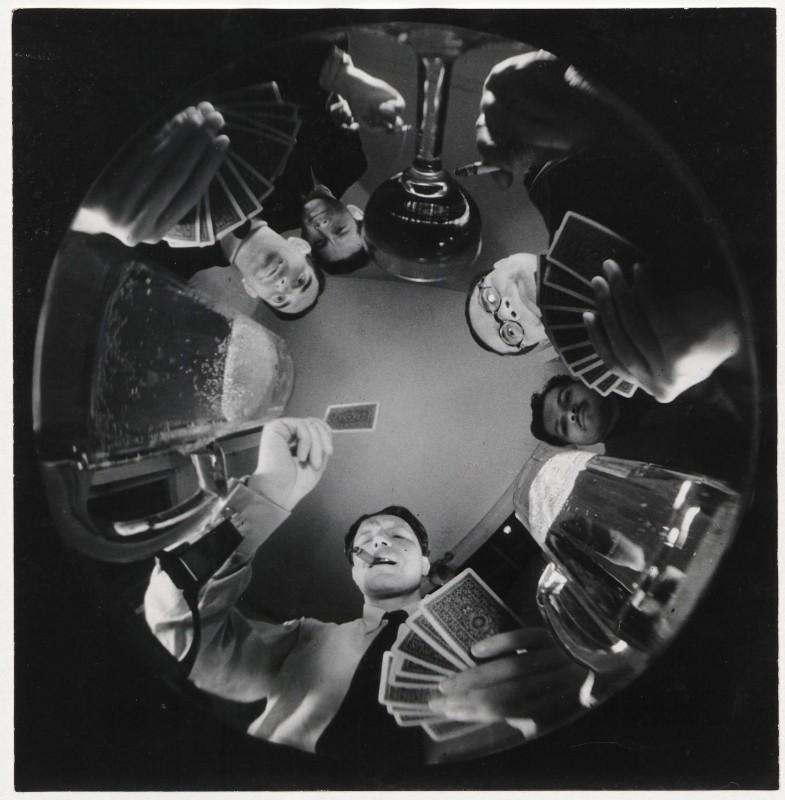
Untitled (Card Game, "sky camera"), 1935/ after 1949
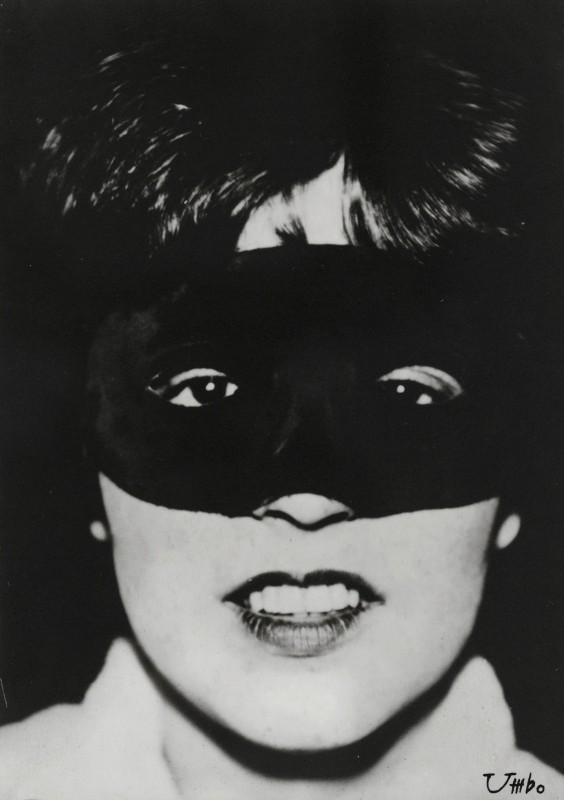
Rut Mask, 1927/1978
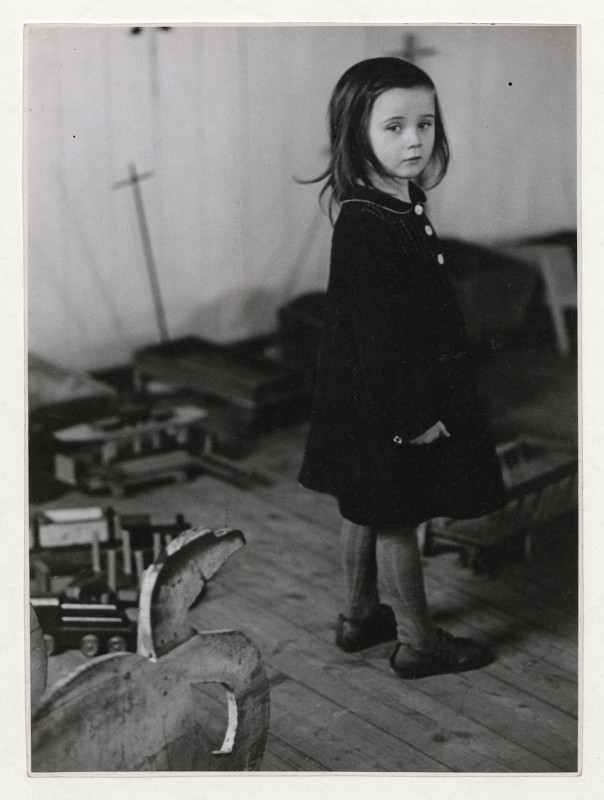
Untitled, from the series "The Lost Child", 1951
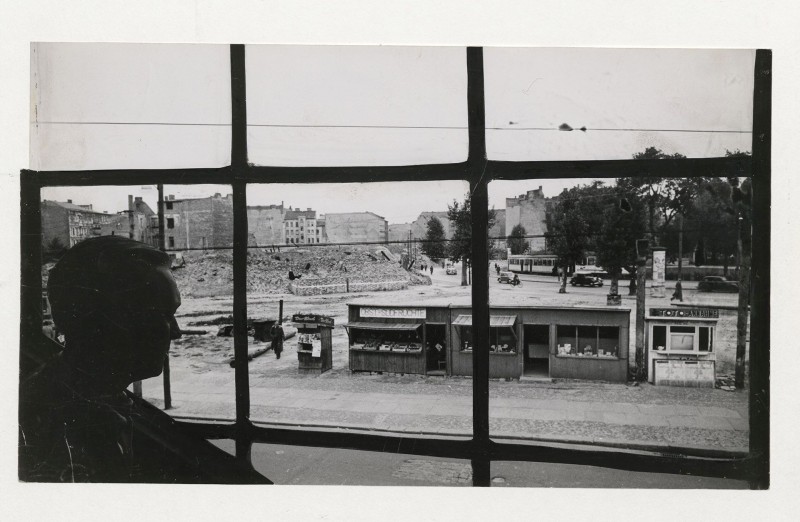
Young Matuszewski, View of the Hallesches Tor, from the series "Berlin", 1950
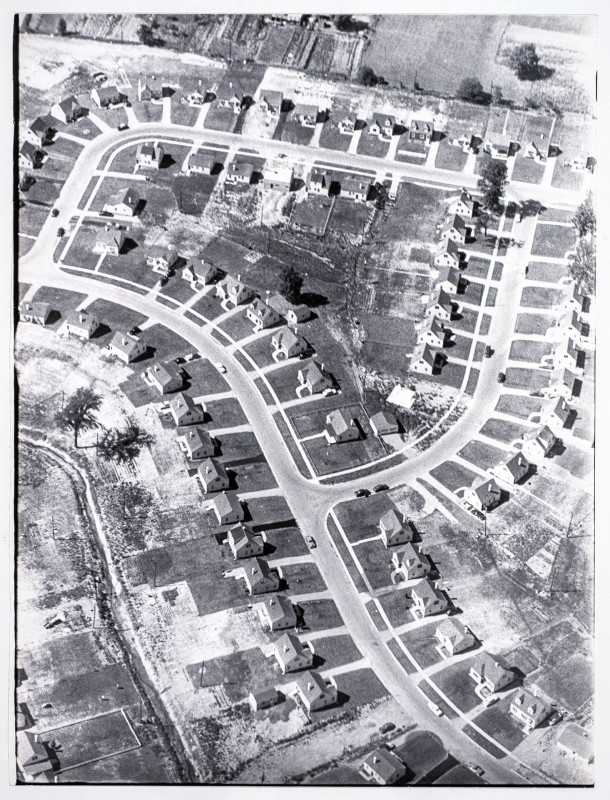
America, 1952
